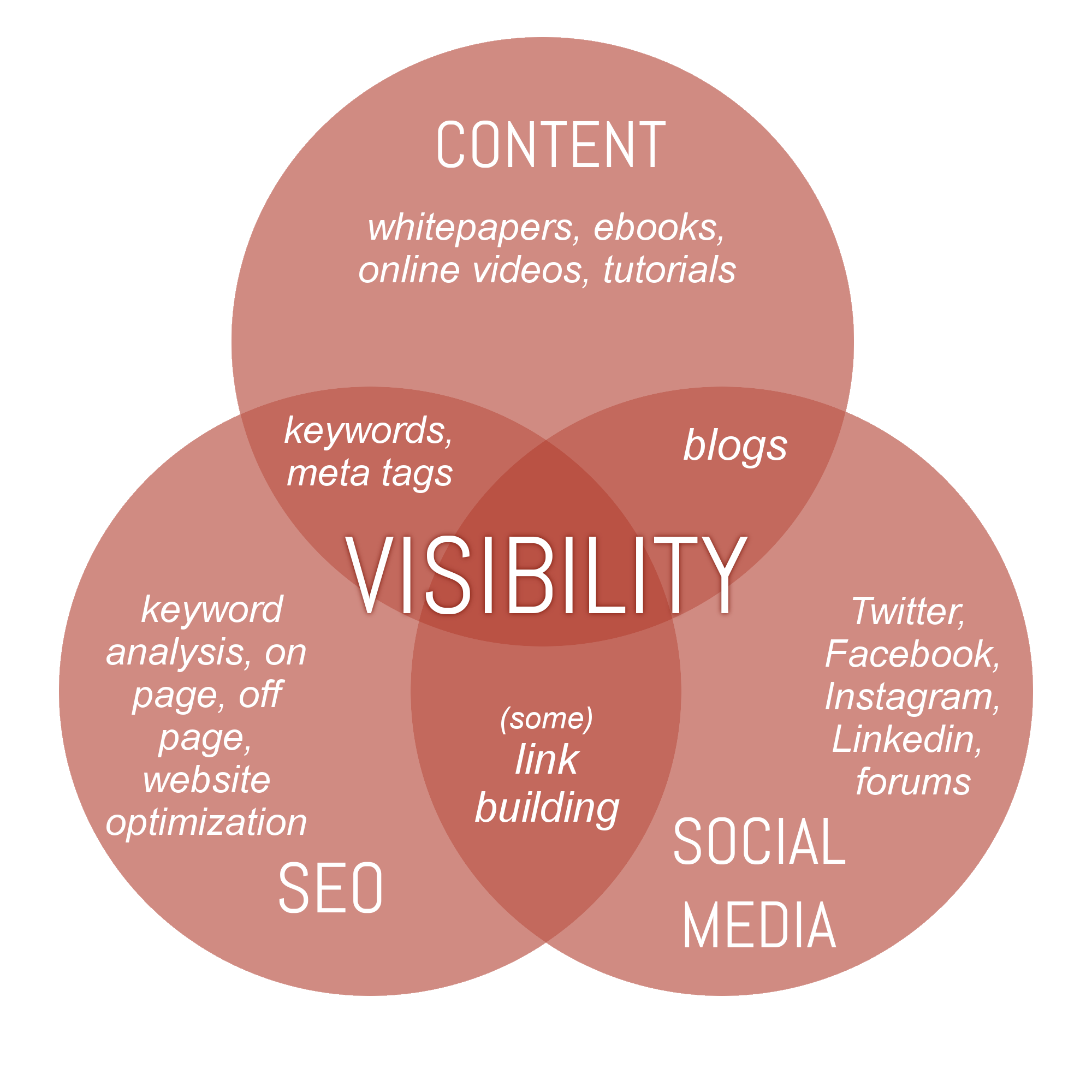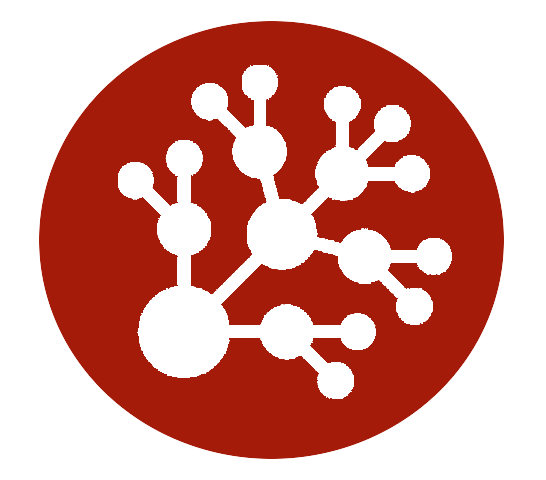Top 5 Pros and Cons of Inbound Content Marketing
As modern consumers become more and more in control of their purchasing process, it becomes extremely important to understand their purchasing behavior. Answering what they want, how they want it, and why they want it is proving ever more difficult as consumers are becoming more and more resistant to older marketing techniques. Some of the latest buzzwords, “inbound marketing”, “content marketing”, or “inbound content marketing”, seem to be tentative answers to the what, how, and why of modern purchasing decisions- But is this really the case, or are they just buzzwords?
First, there needs to be a clear definition. According to HubSpot, a leader in inbound marketing software, “inbound marketing” is a strategy to naturally attract consumers to your brand with information that is relevant and useful to them; Content marketing, defined as “creating content to engage a clearly defined target audience”, is a subset of inbound marketing. Content marketing is an essential and irreplaceable part of inbound marketing, but inbound marketing encompasses all tools and techniques used to increase visibility, drive traffic, and capture leads. This includes SEO optimized web pages, CRM integration, customer friendly UI/UX, and marketing automation, to name a few.

If inbound marketing is the possible new solution to this era’s marketing troubles, what is the alternative? Outbound marketing: Billboards, cold calling, commercials, and buying ads. All of these mediums means the company reaches out to the consumer, fights for their attention, and interrupts their daily life. Moreover, outbound marketing is expensive and often doesn’t return on the investment.
And with that, here are the top 5 pros and cons of inbound content marketing:
PROS
 1. Cost effective
1. Cost effective
Setting up a website, adding a blog to said website, and opening accounts on popular social media costs nothing but your time.
 2. Source of reliable information
2. Source of reliable information
The white papers and insights a company posts become a great source of information for not only customers, but the whole industry. Customers believe that the company is informed and trustworthy, and the whole market will believe that the company is credible and relevant.
 3. Noninvasive
3. Noninvasive
A consumer that organically finds a company through a search engine, blog, or white paper is a more qualified lead than one that sees a company’s bought ad. These people are already closer to being a potential sale than someone who is not actively researching that company’s market, because they are ready to buy when the company’s message appears.
 4. Builds long term relationships
4. Builds long term relationships
One of marketing’s main goals is to maintain and develop strong customer relationships, and inbound marketing does this better than anything else. Because of the noninvasive nature of blogs and the communicative nature of social media, customers trust the company more and more with every publication and post.
 5. Can go viral
5. Can go viral
Creating content that leaves a lasting impression on people is one of the best ways to increase brand recognition. Think of Olympic branded YouTube videos that inspired you, or videos your friends sent you that made you laugh. Casey Neistat’s video for Nike, “Make it Count”, has over 25 million views, and is a great example of content that evokes an emotional response.
Though there is no recipe for virality, an inbound marketing campaign surely raises the chance for that kind of exposure.
CONS
 1. Time consuming
1. Time consuming
Creating relevant, interesting content takes a lot of time and energy; A company has to be completely dedicated to be successful in inbound marketing, sometimes even hiring a dedicated content creator or outside agency to manage the entire process.
 2. Tracking ROI
2. Tracking ROI
Tracking return on investment can be difficult without specialized tracking tools (Inbound software like HubSpot or their competitors). Moreover, an increase in brand recognition is hard to quantify- What is the true value of one like, comment, or follow? As we’ve discussed previously, it can be difficult to draw a line from your social media accounts to your bank account.
 3. Competitive
3. Competitive
Though not every industry has adopted inbound content marketing, some industries have entirely adopted it; they all have social media accounts, quality blogs, beautiful web design, and the list goes on. So in some cases, it may be hard to stand out when the market is saturated.
 4. Diverse skills required
4. Diverse skills required
Content creators, social media managers, bloggers, SEO experts, web and UI/UX designers, developers, and more. There are many skills needed to run an inbound content marketing campaign. Smaller companies have trouble coming up with talent to fill these roles. Though these skills can be outsourced.
 5. Expensive
5. Expensive
Though less expensive than traditional outbound or interruptive marketing, inbound is not free. If doing it yourself, there is the opportunity cost of your time involved, and if hiring a team, there is the cost of professional services.
Banner ads are going the way of the billboard. Most promotional paper mail is thrown out without ever being opened, 615 million people used ad-blockers in the past year on their internet browsers, and if people aren’t only watching commercial-free Netflix shows, they probably just skip through the commercials since they recorded the show on their DVR.
In this digital era, consumers are more in control of what they see and where; By naturally attracting relevant and engaged traffic to your company’s website instead of fighting for a few seconds of attention and praying for a lead, you guarantee generating a lead closer to making a purchase. Your content is there when and where they want to see it- On top of this, inbound marketing costs 62% less per lead than outbound marketing. By creating content that is valuable to them, they become trusting of the brand, and the relationship created from this trust is invaluable (and builds on itself).
Though there are some downsides and inbound marketing is not for every sector or situation -- for sales that require a considered buying process, it’s a clear winner.
Hope that helps clarify,
- Todd
If you have any comments, questions or just want to say hi, please email me at todd.rengel@animusrex.com.
Sources and Additional Reading
https://www.hubspot.com/inbound-marketing
https://writtent.com/blog/inbound-marketing-vs-content-marketing-whats-difference-anyway/
http://www.wordstream.com/outbound-marketing
http://www.businessinsider.com/pagefair-2017-ad-blocking-report-2017-1
http://seopressor.com/blog/inbound-vs-outbound-marketing-more-effective/